Hydroponics 101

Growing your own cannabis indoors or outdoors is one thing but moving into hydroponics is a different ball game that requires special apparatus with an armor of knowledge. While it may seem intimidating at first, with a bit of research and commitment, you can master the art of this fascinating technique.
Hydroponics uses water and not soil as the primary growing medium. Cannabis plants are grown in containers with a substrate like Rockwool or perlite and suspended over a water tank. The water provides the necessary nourishment for the plants to survive and flourish. Hydroponics has been around forever to cultivate vegetables and herbs, and it is becoming an increasingly popular method to grow cannabis.
While hydroponic systems are less likely to attract plant pests than soil cultivation, there are other issues to watch out for. If the plant roots are exposed, or the water tank pump fails, or there’s a lack of water or the water’s pH varies, it can cause damage to the plants. Hydroponics also need more attention and maintenance from the grower for fine-tuning and to ensure the system stays intact. Although extra care is needed, it gives you more control over managing the nutrients for the plant.
Different Hydroponic Systems
If you’re new to hydro growing, it is highly recommended that you start out with a basic system to get the most from your hydroponic experience. After you’ve got to grips with the concept and learned how to maintain the system, you can move onto more complex techniques.
There is a variety of growing mediums that can be used in these systems to store water, oxygen, and nutrients. A quality substrate will be a good buffer to hold nutrients for longer periods. Air is an effective medium as long as there is a steady level of humidity. Water needs to be aerated using a pump or air stone to ensure sufficient oxygen is supplied. Rockwool, vermiculite (not industrial grade), and expanded clay (small rounded pellets) store water and air efficiently and are excellent mediums. Perlite is light but not a great buffer and tends to wear out quicker.
Beginner Level – Wick System
The plants are placed directly in a grow tray filled with a grow substrate. The plants are fed nutrients through a “wick”, which is made from yarn or cotton. This system is considered to be the easiest to implement and more suited to small plants because larger plants will consume the nutrient solution quicker. While it may be the simplest setup, the only drawback is that oxygen levels may not be sufficient.

Beginner Level – Ebb and Flow
This system operates with a grow tray that is flooded with nutrients and drains back into a reservoir. It uses a timer to control a pump that is submerged, which pumps the nutrient-rich solution to the tray above. The reservoir drains and refills several times during the day so the roots can absorb oxygen and nutrients. The individual plants sit in pots filled with a substrate and the pots are placed on the grow tray. Rockwool is heavy and suits this set up so as to prevent the pots from falling over.

Beginner Level – Deep Water Culture
The DWC system has the cannabis plants’ roots dangling in a nutrient-rich solution with an air pump releasing air to a submerged air stone. The stone then emits nutrients and oxygen to the roots of the plants above. With the system, it is important to have a drying time for the plant roots to get oxygen and avoid them being constantly immersed in water.

Intermediate Level – Drip System (Top Feed)
This drip system is a popular option for most hydroponic growers. The nutrients are transferred from the reservoir via a tube that drips into the top of the potted plant. The roots are also exposed to timer-controlled nutrients from a water pump. It’s important to frequently check the pH and nutrient levels in the water.

Advanced Level – Nutrient Film Technique (NFT)
The NFT system comprises a grow tray with piping in which net pots filled with Rockwool are inserted into the pipe. The grow tray sits at an angle allowing the nutrients to flow down in one direction. The roots are exposed through the Rockwool to make contact with the nutrient solution. An overflow drain sends excess water back into the reservoir, which is then recycled. Here you need to ensure the roots are protected from light exposure and humidity must be controlled to keep the roots from drying out.


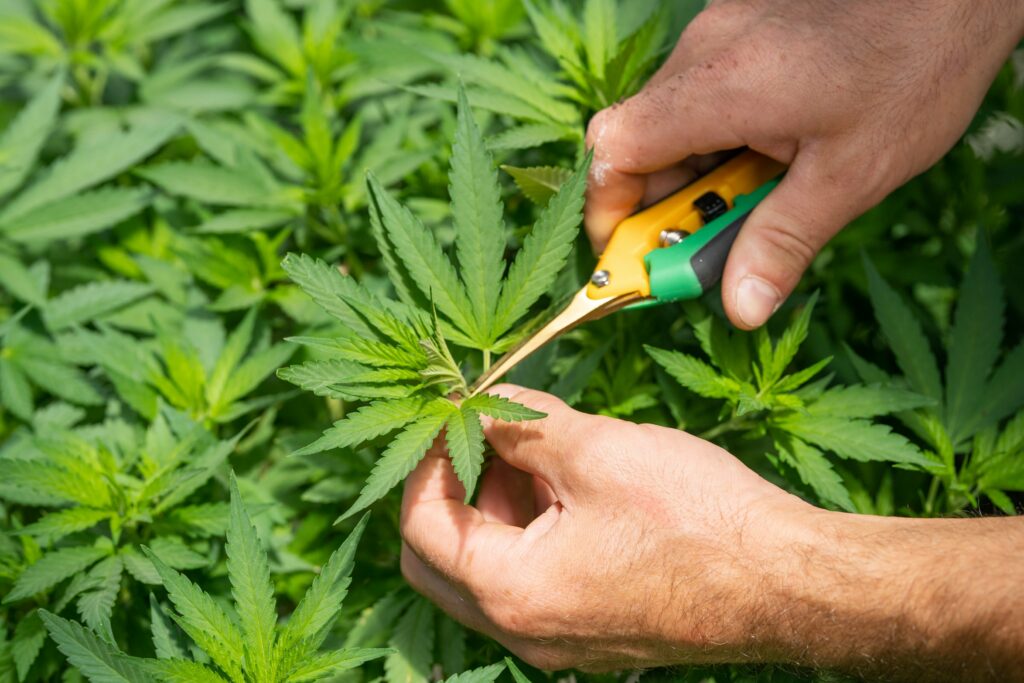
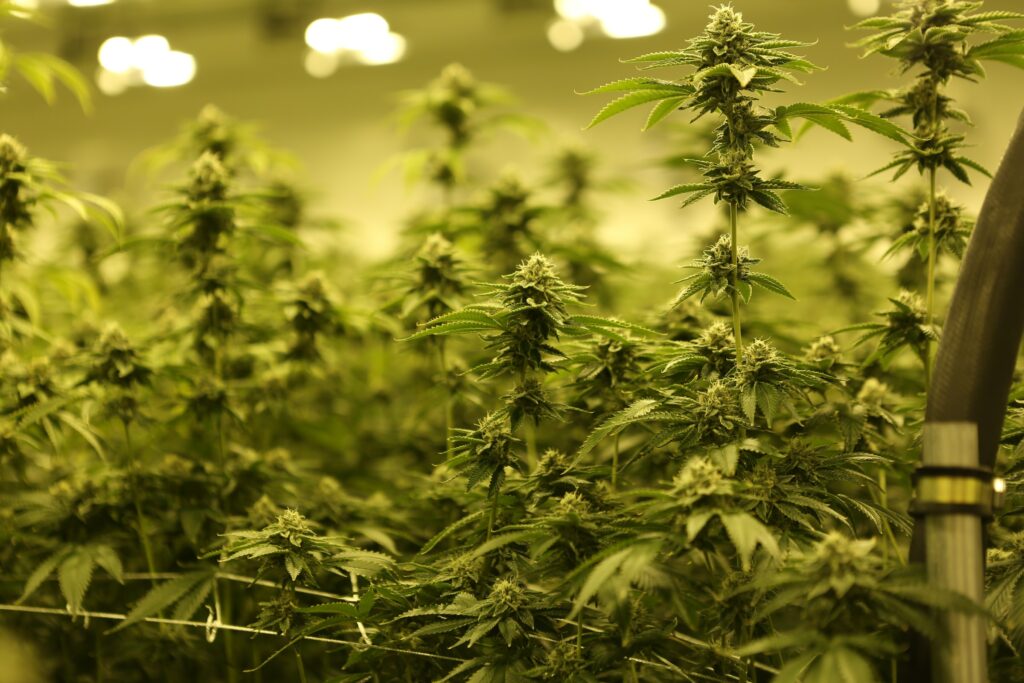
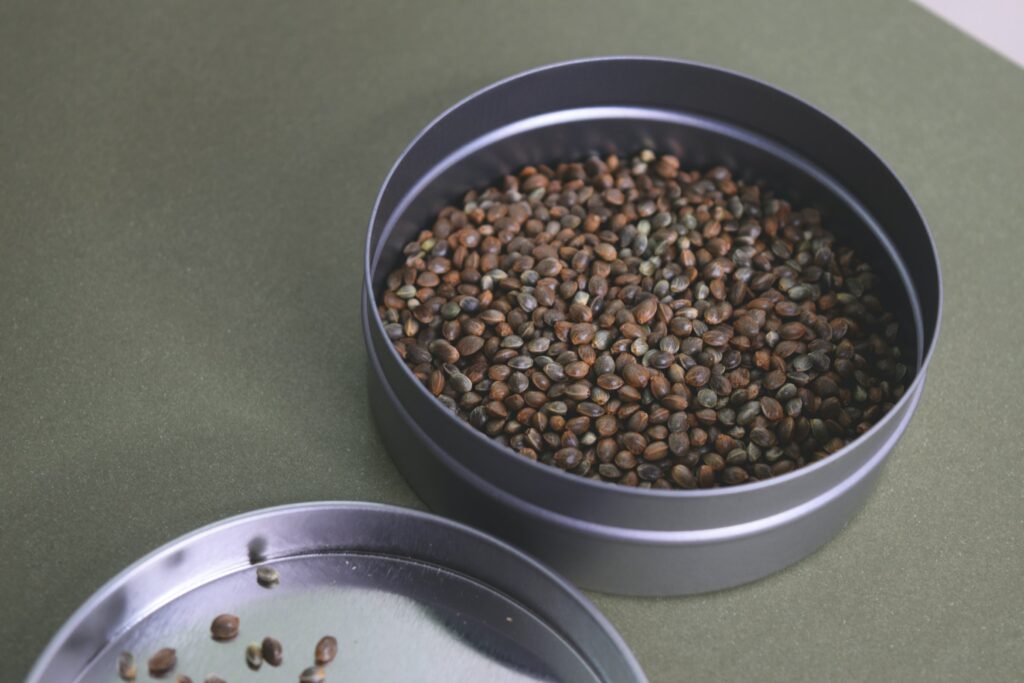
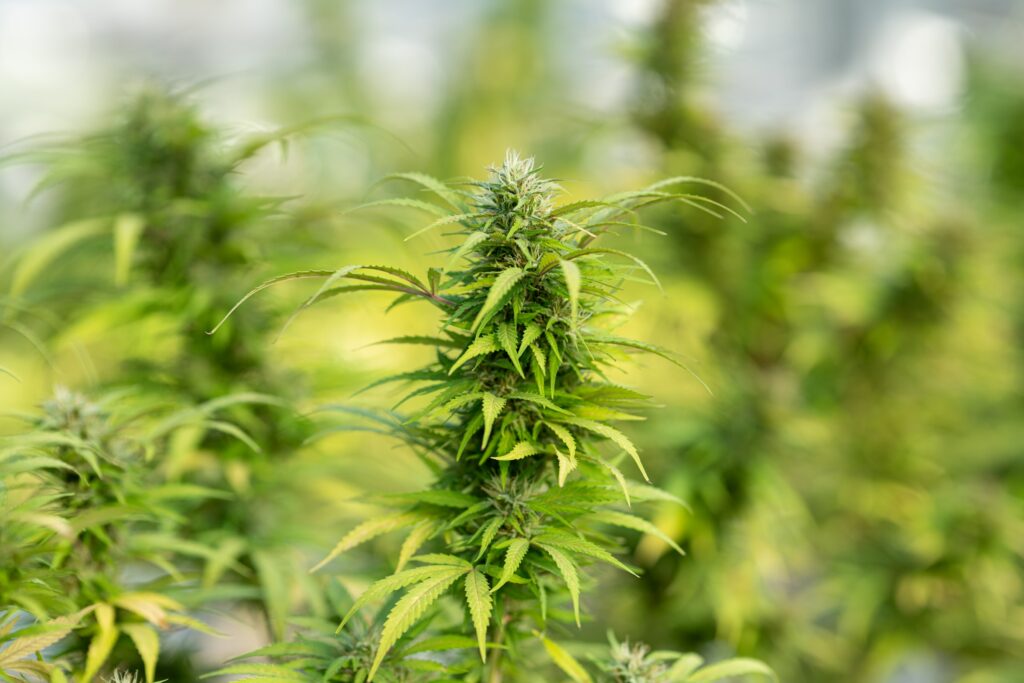
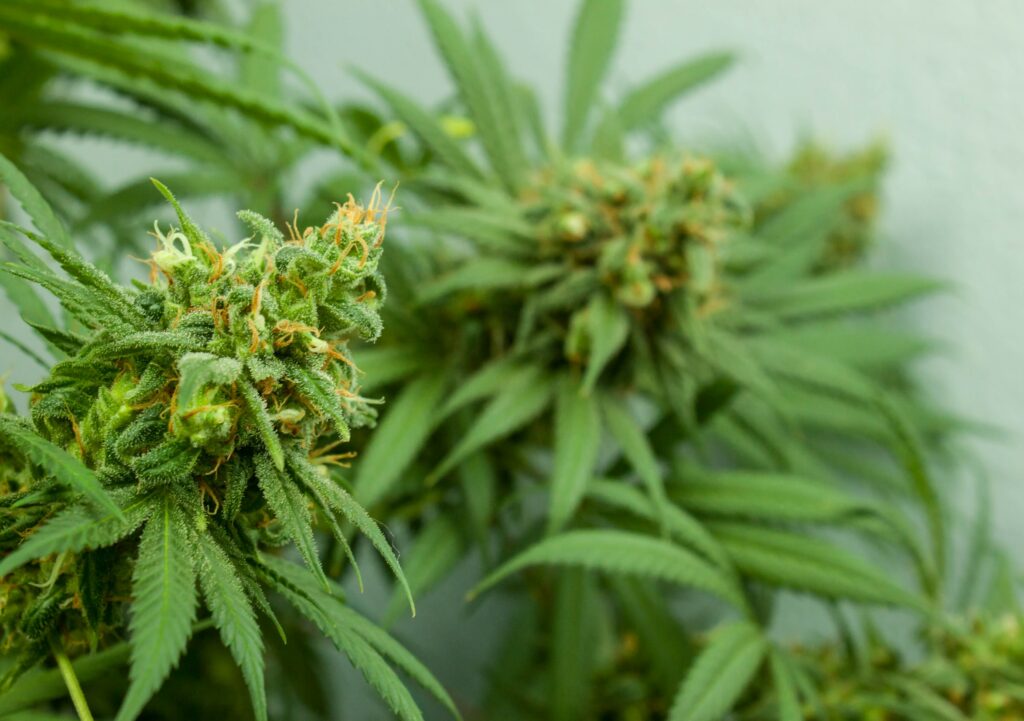
Responses